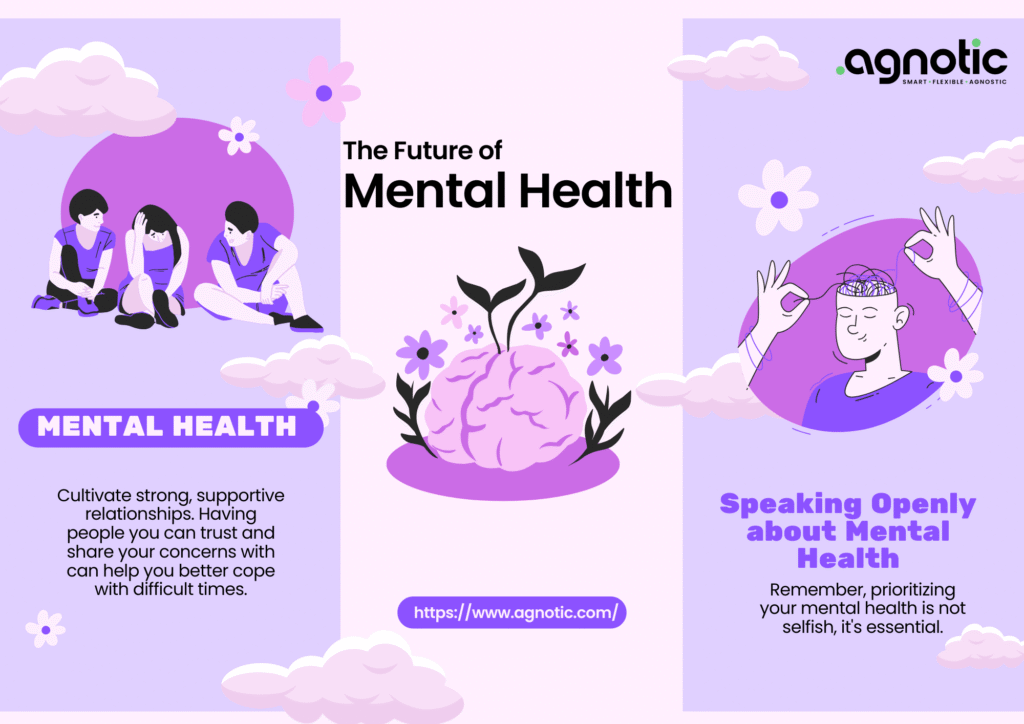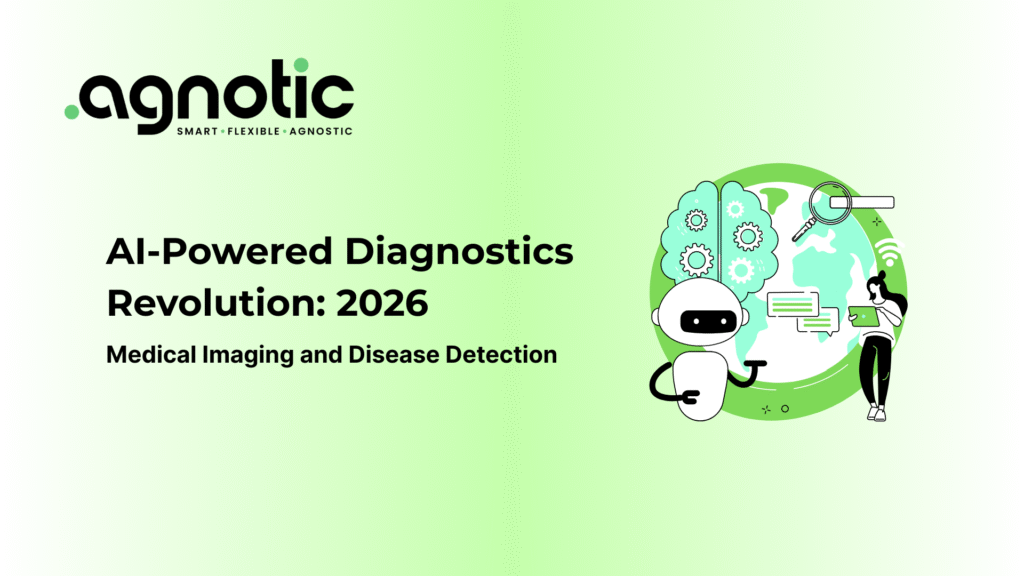How to Build Quality Software
Quality Is Not an Afterthought. It’s Our Foundation.
Most teams say they value quality. Very few make it part of their DNA.
At Agnotic Technologies, we’ve learned something that sounds obvious but changes everything. You can’t add quality at the end. You have to build it in from the first commit, the first sprint, the very first design draft.
Quality isn’t a department. It’s a habit.
And like any good habit, it has to start early and stay consistent.
This is how we approach quality, not as a checklist, but as the groundwork for everything we create.
Why Quality Has to Start on Day One
If you’ve ever joined a project midstream, you know what technical debt feels like.
It’s that slow drag that turns simple tasks into long nights, the one-line fix that eats up a week, the skipped test that comes back to bite, the bug that breaks production right before a client demo.
Those problems don’t appear out of thin air.
They’re the echoes of small compromises made early on, the kind we’ve learned to avoid.
That’s why, at Agnotic, we follow one rule: build it right the first time, even if it takes a bit longer.
Because in software, cutting corners always costs more later.
Starting with quality means fewer surprises, smoother deployments, and room to innovate without fear of breaking what already works. It’s not just smarter engineering, it’s smarter business.









